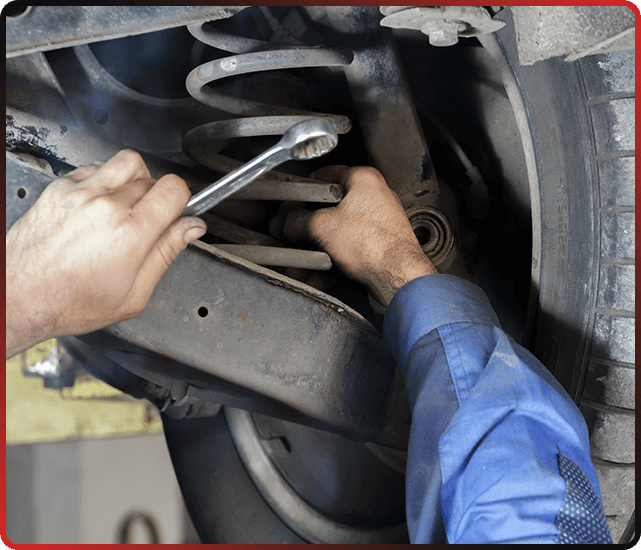Steering & Suspension
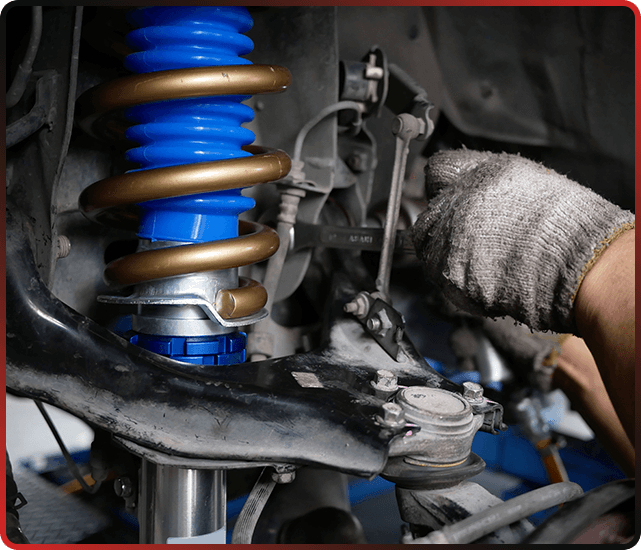
Quality Steering & Suspension Service in Pine River, MN
Driving may be more challenging and other parts of the car, like the tires and axle, may suffer if your fleet car’s steering isn’t working properly. Wheel alignment, shocks and struts, balljoints, and tie rods are the most crucial parts of proper steering and suspension.
Wheel Alignments
If you observe anything like this:
- Tire wear that's excessive or uneven.
- The car starts to veer left or right.
- Looseness or a wandering feeling.
- Steering wheel shimmy or vibration.
- When the car is traveling straight ahead, the steering wheel is not in the middle.
How often should I have my wheels aligned?
Observe the advice given by the manufacturer of your vehicle as specified in your owner’s handbook. Generally speaking, you should have your wheels aligned every 10,000 miles or at least once a year.
The importance of total alignment:
Reduced tire wear
Improper alignment is a major cause of premature tire wear. Over the years, a properly aligned vehicle can add thousands of miles to tire life. Most tires are replaced prematurely due to adverse wear.
Better gas mileage
Gas mileage increases as rolling resistance decreases. Total Alignment sets all wheels parallel, which, along with proper inflation, can minimize rolling resistance.
Improved handling
Does your vehicle pull to one side? Do you constantly have to move the steering wheel to keep your truck traveling straight ahead? Many handling problems can be corrected by Total Alignment service. With all the vehicle components aligned properly, road shock is more efficiently absorbed for a smoother ride.
Safer driving
A suspension system inspection is part of the alignment procedure. This allows worn parts to be detected before they cause costly problems.
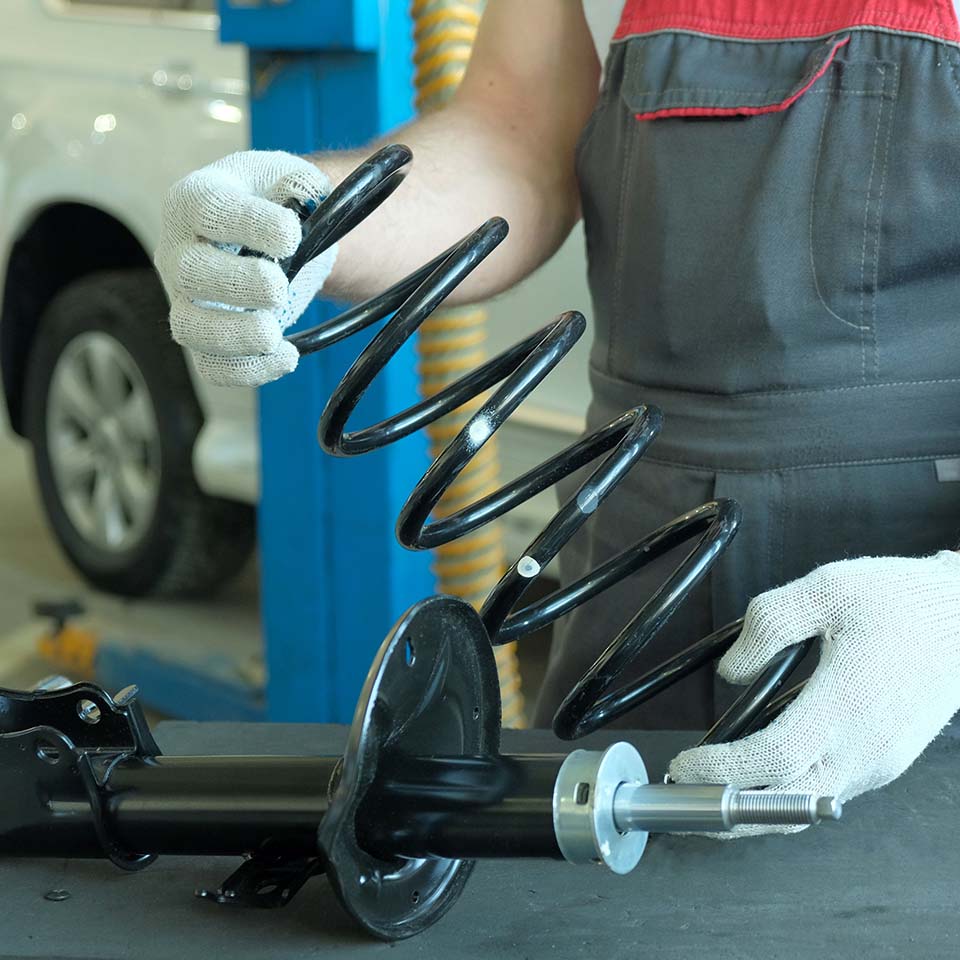
Shocks & Struts
The movements of your car are controlled by shocks and struts. Control is reduced when shocks and struts are worn out, which can impact stopping distances and “bounce” of the car. Affected impact and movement could have a detrimental effect on the rest of the car and hasten the deterioration of other parts, particularly the tires. The movement and lifespan of your vehicle and each of its separate elements can be enhanced by routinely changing and servicing the shocks and struts.
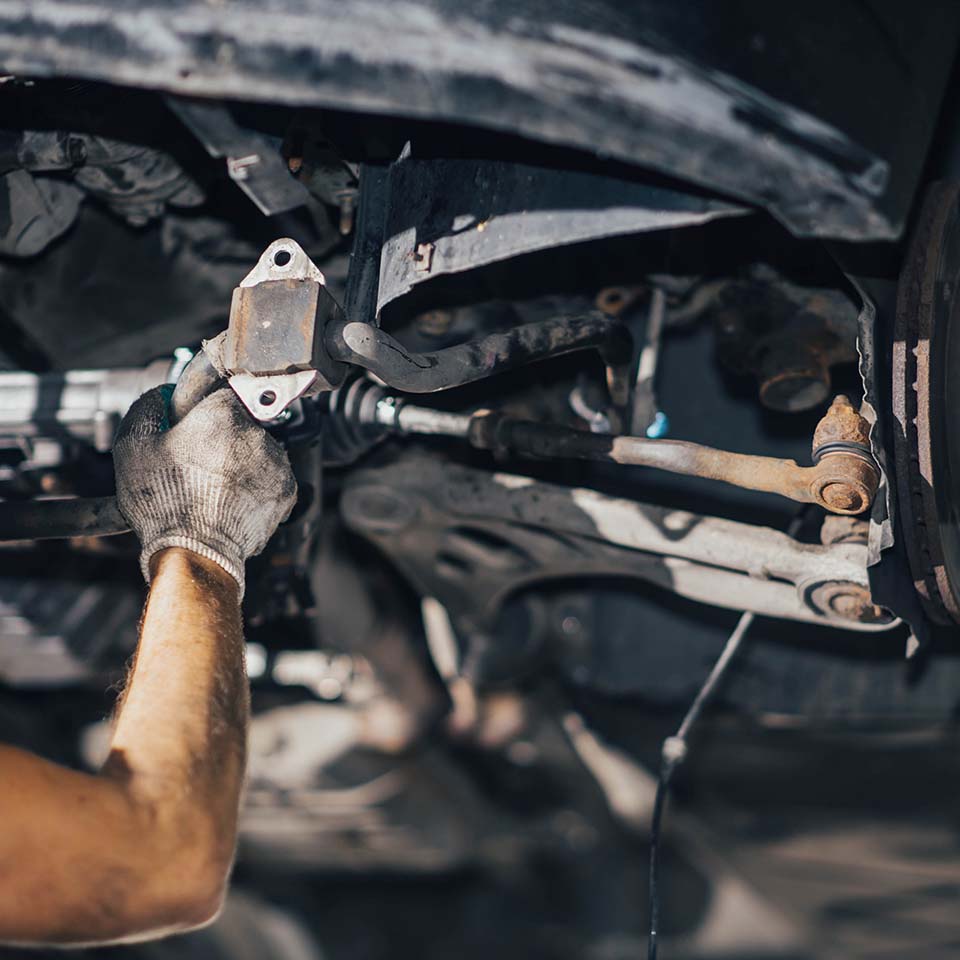
Air Suspension
Your vehicle may travel safely and comfortably thanks to air suspension. Air suspension kits’ added support functions in concert with existing suspension systems to provide stable and secure riding. Bring your car to Double A Automotive if your air suspension system needs maintenance so that we can get you back on the road as soon as possible.
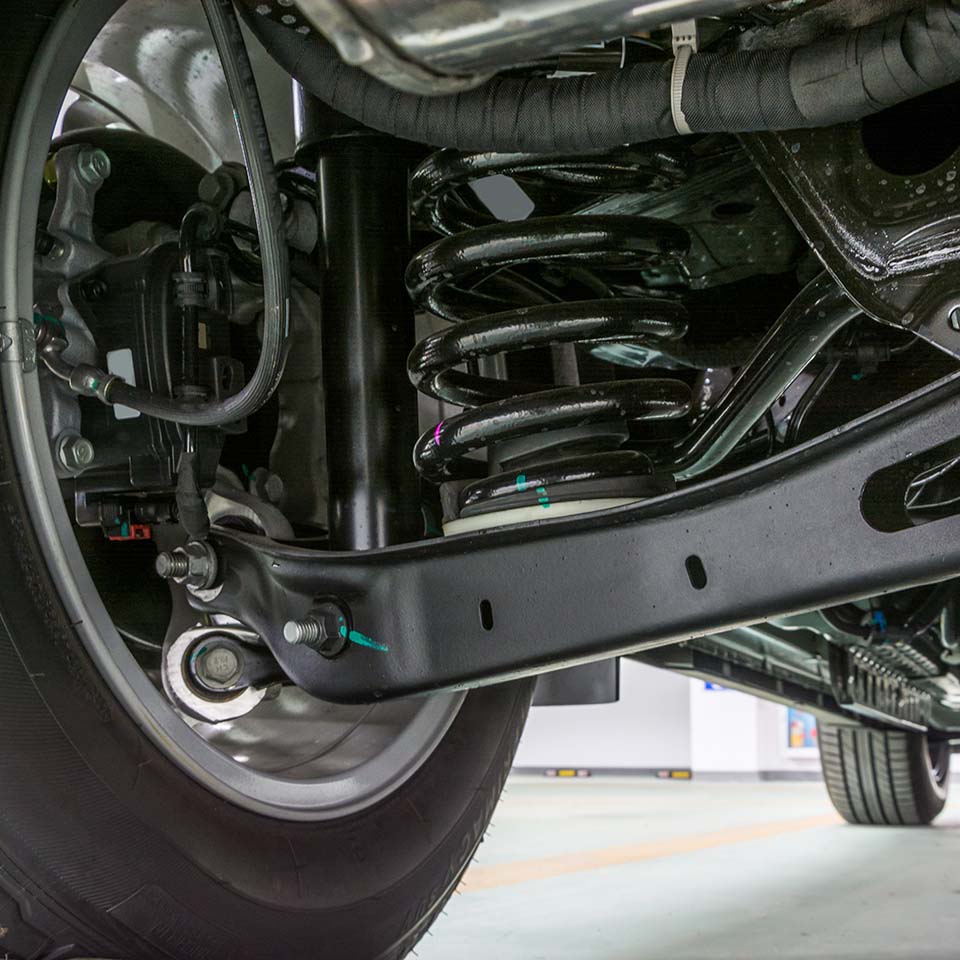
Ball Joints & Tie Rods
Similar to the joints in our bodies, ball joints enable movement of the vehicle and serve as a pivot point for the steering system. They occasionally need to be changed due to wear and tear, just like the joints in our bodies. Your car’s steering performance will be considerably enhanced by replacing a ball joint. Although tie rods are less likely to be affected by wear, they should still be checked frequently to ensure that your vehicle has the necessary toe angles; an erroneous toe angle can drastically affect how quickly and how much your vehicle’s tires wear out, which can result in an early and expensive tire replacement.
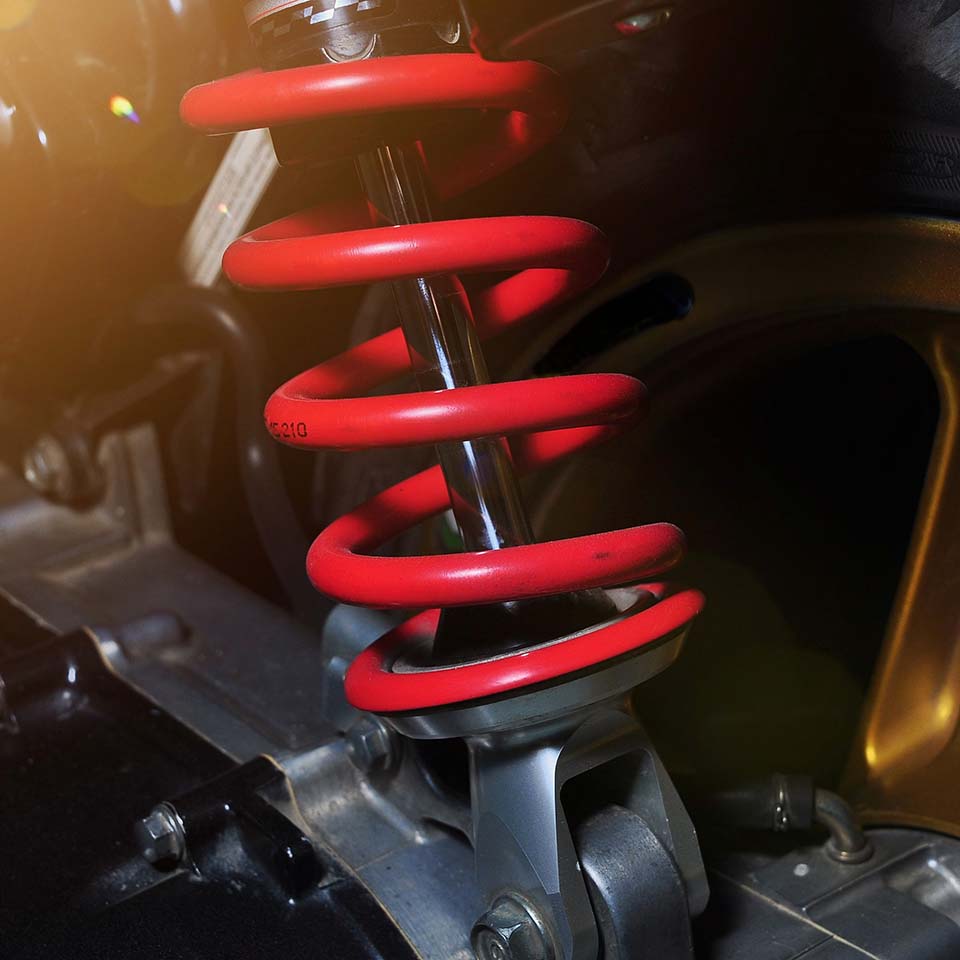
Leaf Springs
Older vehicles frequently have leaf springs. As only one linkage is required in cars using leaf springs, its suspension is straightforward and robust, holding axles in place. However, leaf springs can ultimately become worn out. If this happens, our staff can promptly replace the leaf springs in your car.
The steering and suspension parts of your fleet vehicle
need to be maintained properly to improve driving and prevent damage to other parts of the car. Make an appointment with the professionals at Double A Automotive if your fleet vehicle is not operating as smoothly as it should. To ensure that the truck is operating properly, our crew will inspect it and address any issues.
